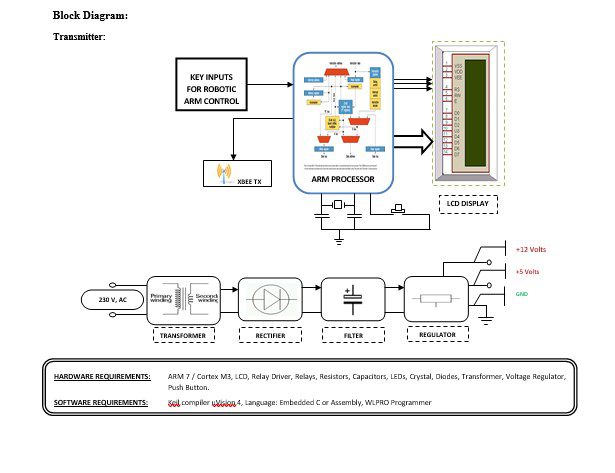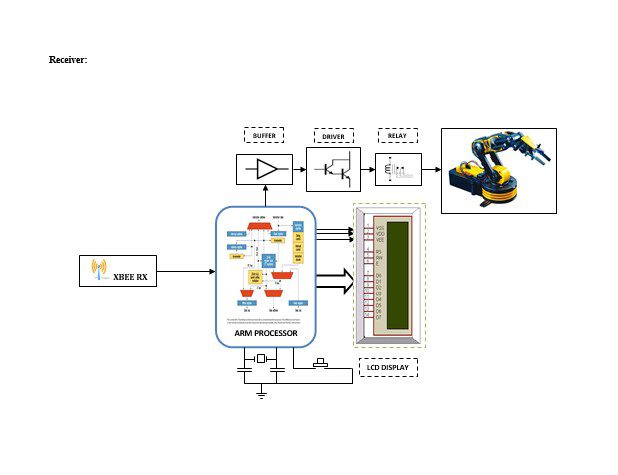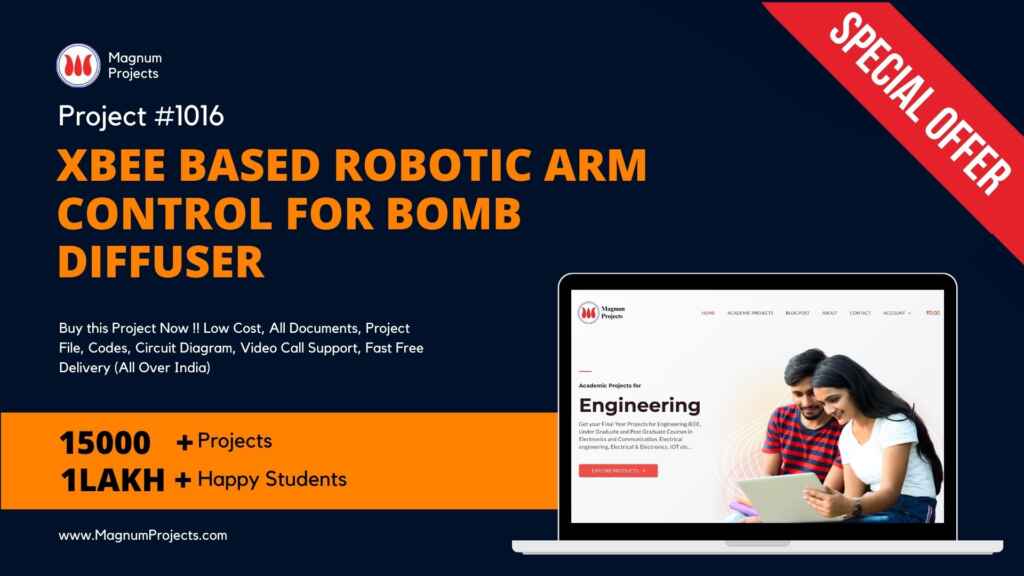Table of Contents
Introduction:


Bomb-disposal, or explosive ordnance disposal (EOD), robots are one of the many tools a technician might use to disarm dangerous weapons. Besides the human cost of losing a bomb technician in the field, training a bomb-disposal officer is significantly more expensive than buying an EOD robot.
As a result, maintaining a safe distance from a potential bomb is of paramount importance and only in extreme situations will the technician enter the blast range and put their hands on the device themselves.
One of the most widely used bomb-disposal robots today is the Cobham tEODor (pictured). The base robot is a twin-track vehicle with a host of military applications, but the standard tEODor is the bomb-disposal specialist.
It’s equipped with an arm-like manipulator, sensors, and a camera on a boom for enabling the operator to remotely disarm ordnance and improvised explosive devices (IEDs). In most cases, the technician working with the robot will sit at a safe distance from the control station. This is a laptop-like device that consists of a monitor showing the robot’s point of view as well as its surroundings, plus a joystick and control panel to manipulate the arm and maneuver the tracks




Block Diagram Explanation:
Power supply unit
This section needs two voltages viz., +12 V & +5 V, as working voltages. Hence specially designed power supply is constructed to get regulated power supplies.
Switches:
In electrical engineering, a switch is an electrical component that can break an electrical circuit, interrupting the current or diverting it from one conductor to another. A switch may be directly manipulated by a human as a control signal to a system. Automatically operated switches can be used to control the motions of machines.
ARM processor
ARM is a computer processor-based RISC architecture. A RISC-based computer design approach means ARM processors require significantly fewer transistors than typical processors in average computers. This approach reduces costs, heat, and power use. The low power consumption of ARM processors has made them very popular:
The ARM architecture (32-bit) is the most widely used in mobile devices, and the most popular 32-bit one in embedded systems.
Zigbee Technology
ZigBee is a specification for a suite of high-level communication protocols used to create personal area networks built from small, low-power digital radios. ZigBee is based on an IEEE 802.15 standard. Though low-powered, ZigBee devices can transmit data over long distances by passing data through intermediate devices to reach more distant ones, creating a mesh network.
Buffers
Buffers do not affect the logical state of a digital signal (i.e. a logic 1 input results in a logic 1 output whereas logic 0 input results in a logic 0 output). Buffers are normally used to provide extra current drive at the output but can also be used to regularize the logic present at an interface.
Drivers
This section is used to drive the relay where the output is the complement of input which is applied to the drive but the current will be amplified
Relays
It is an electromagnetic device that is used to drive the load connected across the relay and the o/p of the relay can be connected to the controller or load for further processing.
Robot:
A robot is usually an electro-mechanical machine that can perform tasks automatically. Robots can be autonomous, semi-autonomous, or remotely controlled. Robots have evolved so much and are capable of mimicking humans that they seem to have a mind of their own.
- An automatic industrial machine replaces humans in hazardous work.
- An automatic mobile sweeper machine at a modern home.
- An automatic toy car for a child to play with.
- A machine removing mines in a war field all by itself and many more…
Methodology:
This project is developed to minimize the human cost of losing a bomb technician in the field, and training a bomb-disposal officer is significantly more expensive than buying an EOD robot. The main modules in this project are Key inputs, ARM controller unit, LCD, Zigbee, and Robot.
The transmitter will be there at the Technician and the receiver will be there in the Robot. The transmitter module has Key inputs, ARM controller, and Zigbee as a communication media. The receiver has Zigbee, ARM controller, and Robot. If an Operator Presses a Switch to make the Robot move, that information will be given to the ARM controller, then the ARM controller analyses the signal and sends information to the receiver which is present in the Robot via Zigbee. At the receiver, the Zigbee receives a signal which was transmitted from the transmitter and sends that to the ARM controller. After receiving the signal the ARM controller will activate the Robot to move in a proper direction based on the key pressed to diffuse the Bomb.
Advantages:
- Performs different tasks faster
- Makes an activity safer and easier
- Time-saving
- Safety and life Saving
Disadvantages:
- Requires Expertis.
- It’s not self-sufficient
- A robot is a big investment.
Applications:
- Military reconnaissance mission
- Wireless security and surveillance in hot spots
- Search and rescue operation
- Maneuvering in a hazardous environment




